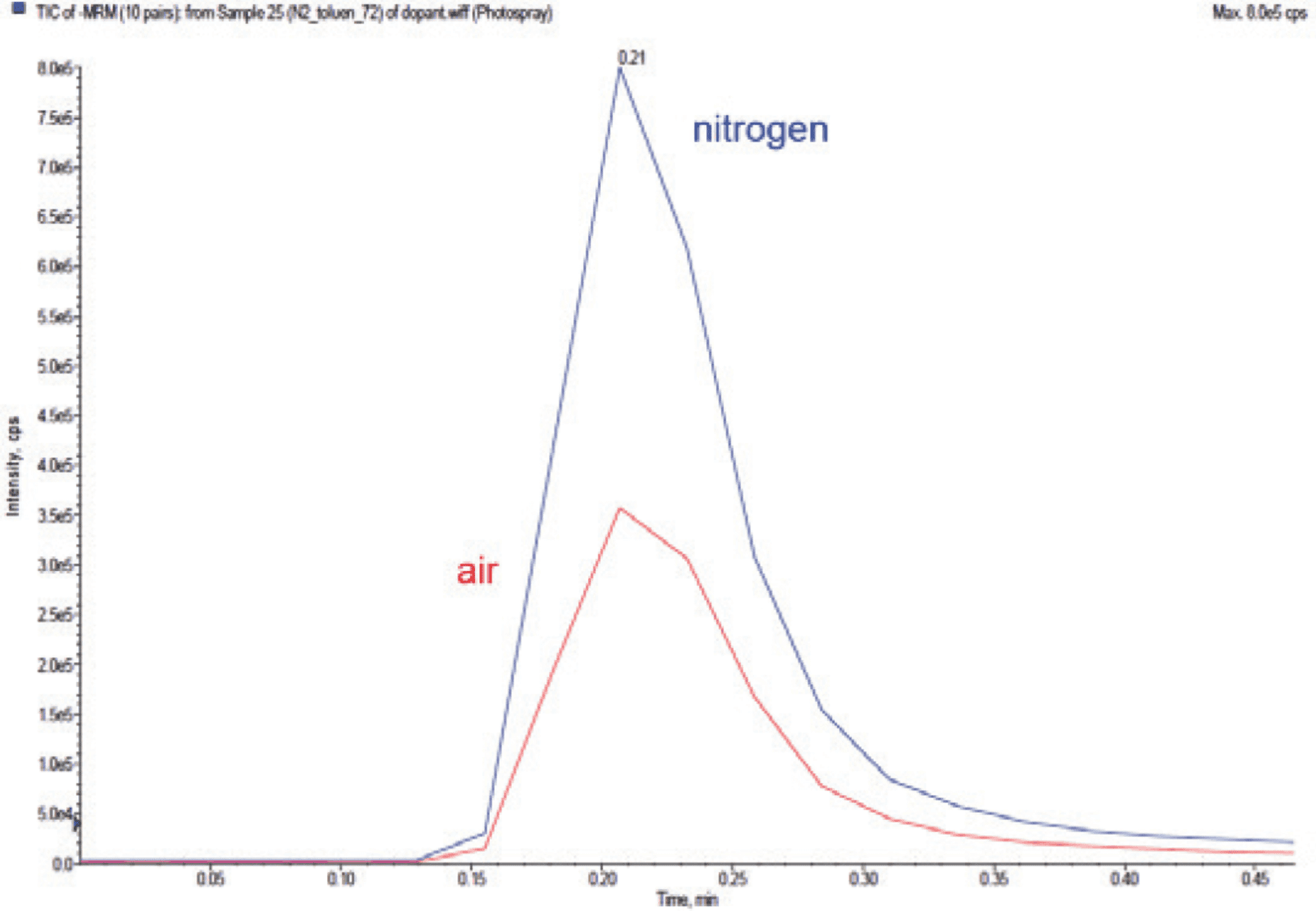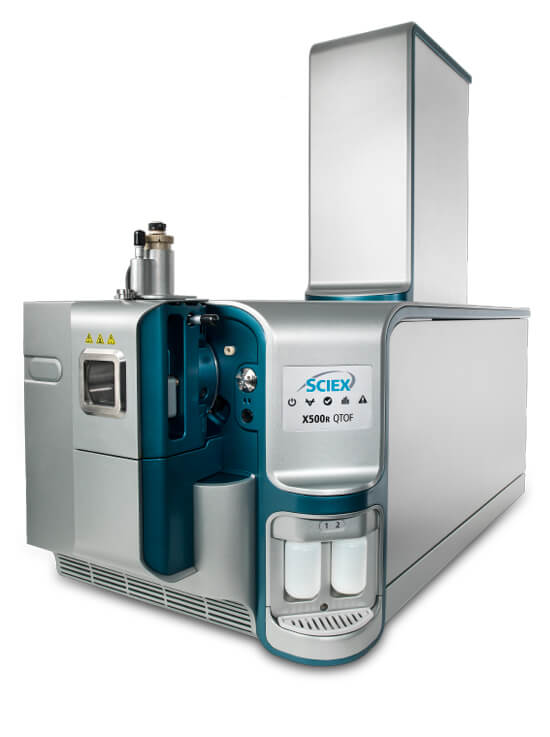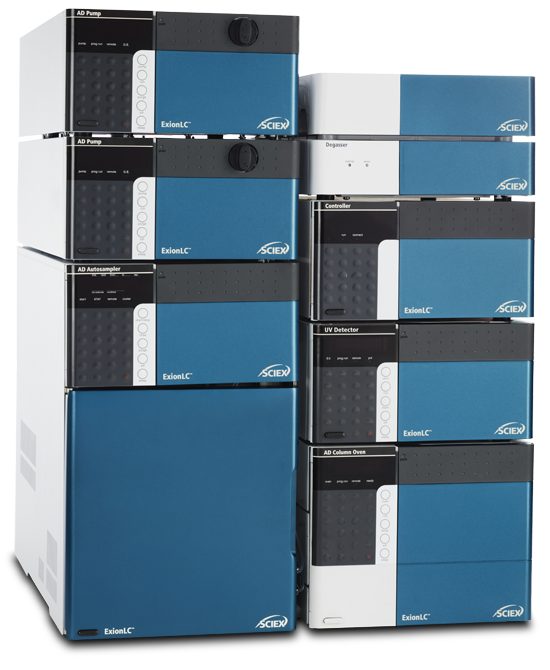Brominated flame retardants (BFRs) are a class of industrial chemicals used to reduce flammability in building materials, household goods and textiles. These chemicals are persistent at low concentrations in a variety of environmental matrices, including air, rain, river water, fishes, animals and humans.1-4 Several studies have found that BFRs may have important negative health ramifications.5,6 Epidemiological studies have found that polybrominated diphenyl ethers (PBDEs) and hexabromocyclododecanes (HBCDs) have caused disturbances in thyroid hormone homeostasis and chronic neurotoxicity.6,7
Due to their ubiquity, especially indoors, dust and biological material have become a repository for PBDEs and HBCDs. This evidence has led to Annex XIV of the European Union’s REACH legislation and to the ban on penta- and octa-brominated diphenyl ether formulations in the state of California.
In the past, gas chromatography coupled to mass spectrometry (GC-MS) was used to analyze BFRs, including PBDEs and HBCDs, in environmental samples. However, this technique is only partially successful as higher temperatures cause thermal degradation of the more heavily brominated PBDE congeners and interconversion of HBCDs.


